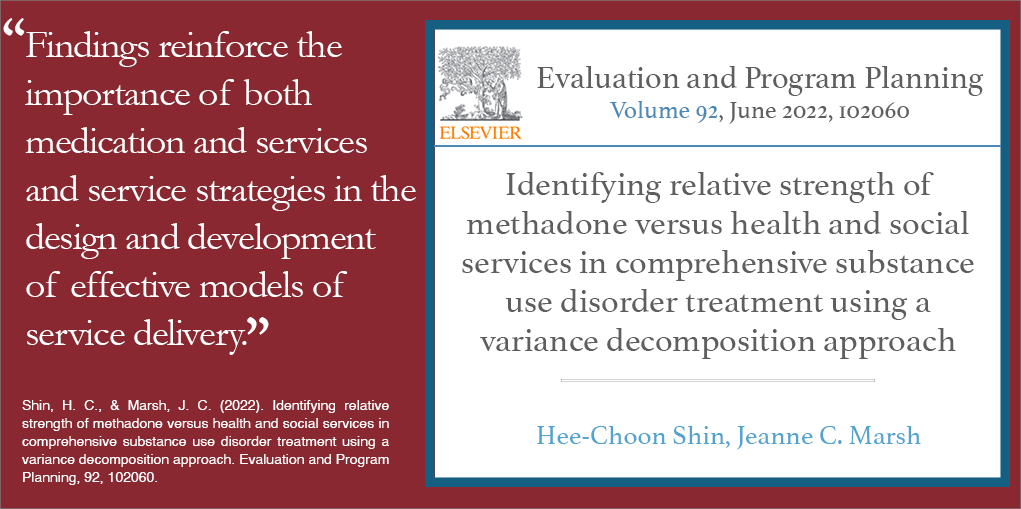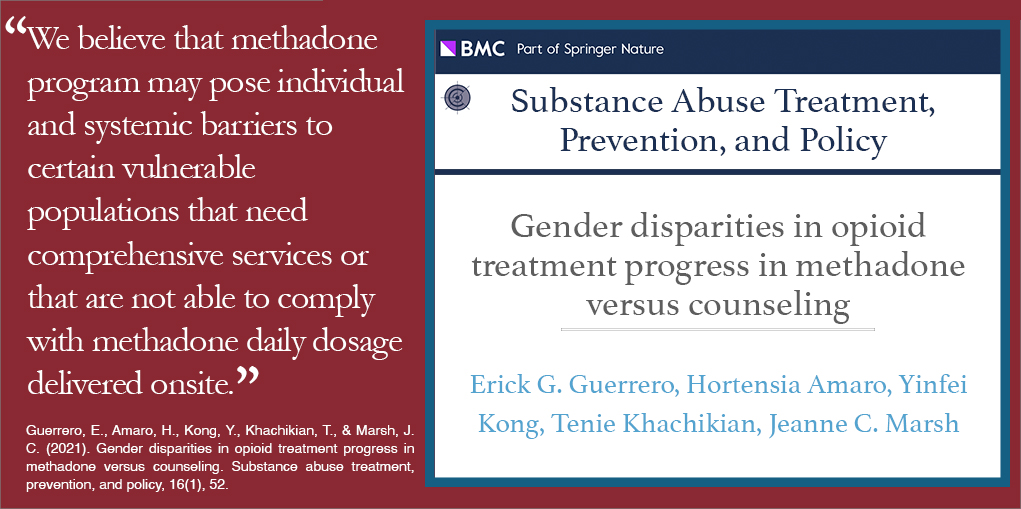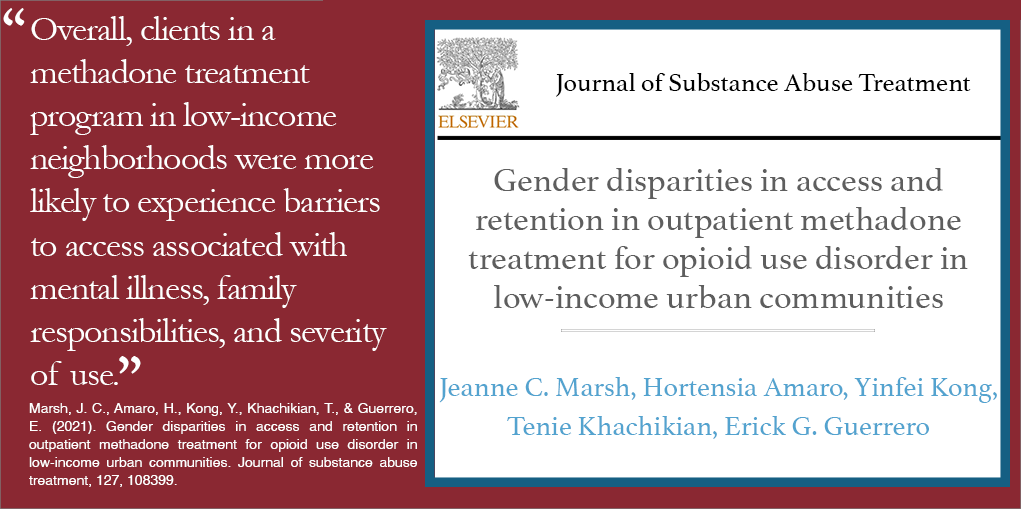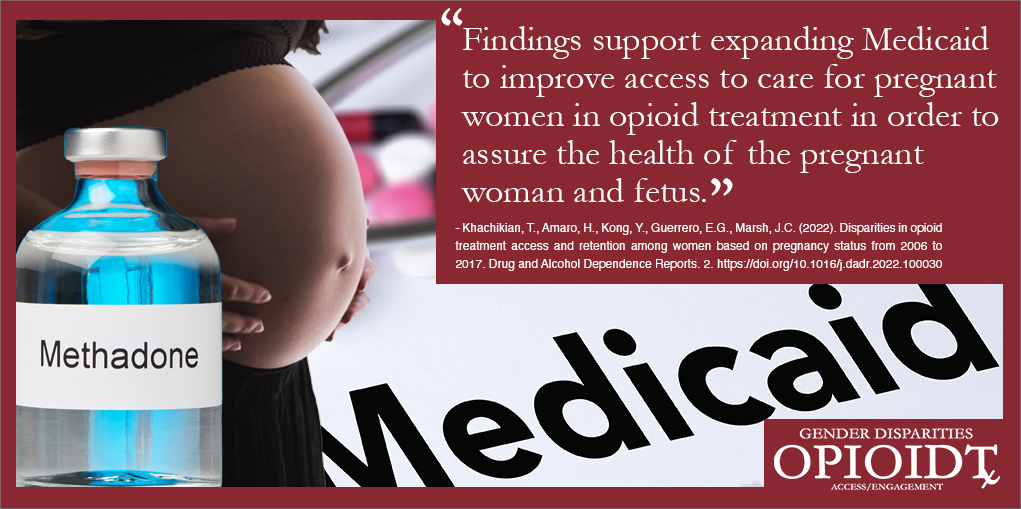Leadership Strategies to Promote Evidence-Based Practice in Substance Use Disorder Treatment
Delivery of evidence-based substance abuse treatment practices, such as contingency management treatment (CMT) and medication-assisted treatment (MAT), have been shown to improve treatment adherence and to reduce substance use. Despite this, it is difficult for publicly funded programs to implement service delivery changes, and consequently neither CMT nor MAT is widely used in substance use disorder (SUD) treatment. Leadership has been shown to be an important factor for creating the organizational contexts conducive to change that is required for implementation of evidence-based practices (EBPs).
Dr. Erick Guerrero and his research team, in a study published in Implementation Science, surveyed SUD treatment providers to find out what leadership strategies lead to implementation of EBPs. Their analysis relied on surveying a mix of 12 large and small providers that demonstrated the use of CMT and/or MAT for at least five years. The research team drew from 18 interviews of both program directors and clinical supervisors.
A four-phase process was conducted to ensure the interviews yielded actionable and accurate strategies that allowed the leaders to promote EBPs. First, the interviewees participated in focus groups and later expanded on their ideas in solo interviews with members of the research team. This led to a set of implicit strategies identified by the research team. Secondly, experts in implementation science were consulted to create six broad leadership strategies and 12 specific behaviors that exemplified those strategies. Then, the survey participants ranked each of the 12 behaviors based on their perceived utility. Finally, another focus group was convened to verify the findings.
The research team found the following six leadership strategies to be associated with implementing EBPs:
- Demonstrating knowledge of specific practices
- Proactively facilitating implementation by training staff and providing necessary tools
- Proactively creating a climate conducive to implementation through the staff that is placed in leadership positions
- Supporting change through individualized connections with staff
- Supporting change through transactions such as gifts, rewards, promotions, and praise
- Perseverance through problem-solving and adapting to problems
- Hire staff members who are receptive and able to handle change
- Have an open-door policy with staff
- Ask staff members what supports their ability to deliver interventions


















